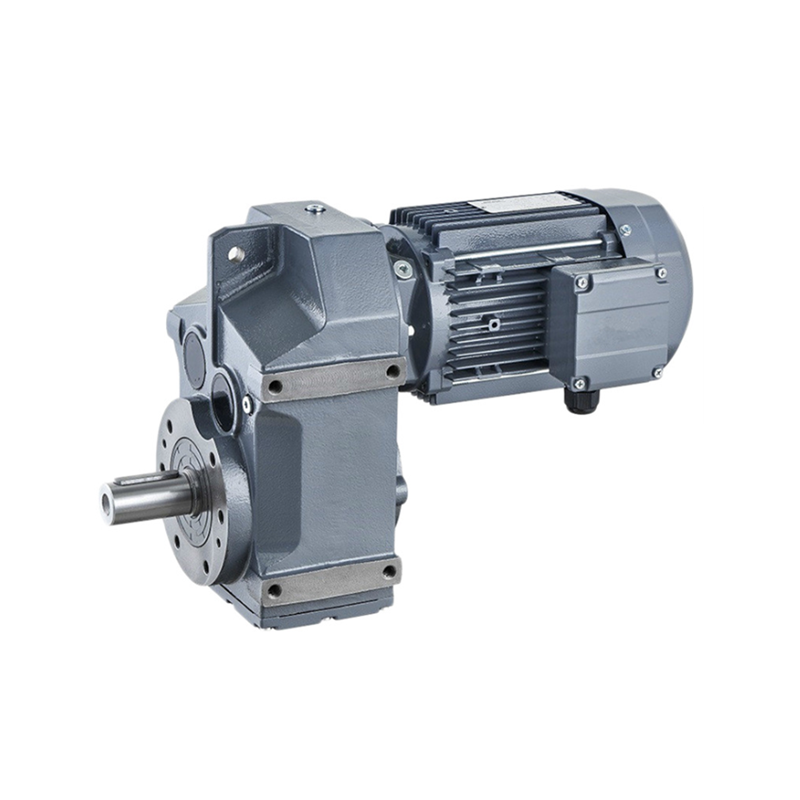Observing some rules for accurate set up is crucial for the trustworthy and suitable operation on the  gearbox or gear motor.
gearbox or gear motor.
The guidelines set out here are intended being a preliminary guide to selecting gearbox or gear motor. For successful and suitable set up, stick to the guidelines given in the set up, make use of the maintenances manual for that gearbox obtainable from our revenue division.
Following is usually a short outline of set up guidelines:
a) Fastening:
Place gearbox on the surface providing adequate rigidity. Mating surfaces must be machined and flat.
Mating surfaces should be inside definite geometric tolerances (see manual). This can be primarily accurate of flange-mounted gearboxes with splined hollow shafts.
In applications that involve large radial loads in the output finish, flange mounting is encouraged for some gearbox sizes as this mounting makes utilization of the double pilot diameters provided in these gearboxes.
Be certain the gearbox is ideal for the necessary mounting place.
Use screws of resistance class 8.eight and over to safe the gearbox. Torque up screws for the figures
indicated during the relevant tables.
With transmitted output torque higher than or equal 70% of the indicated M2max torque, and with
frequent movement reversals, use screws with minimum resistance ten.9.
Some gearbox sizes is usually fastened applying both screws or pins. Of pin seated during the frame the gearboxes be at the very least one.five times pin diameter.
b) Connections
Safe the connection components to gearbox input and output. Will not tap them with hammers or very similar equipment.
To insert these elements, use the services screws and threaded holes supplied on the shafts. You’ll want to clean off any grease or protects through the shafts before fitting any connection elements.
Fitting hydraulic motors.
Be cautious the O ring between motor flange and gearbox input flange when assembling. Install the
hydraulic motor ahead of filling lube oil to the gearbox.
Connecting the hydraulic brake.
The hydraulic circuit needs to be such to guarantee that brake is released instants prior to gearbox commences and applied just after gearbox has stopped. Verify that strain within the hydraulic line for brake release is at zero each time gearbox is stopped.
Course of rotation
Motors are linked to the ideal electric or hydraulic circuit as outlined by their direction of rotation.
When carrying out these connections, bear in mind that all gearboxes, regardless of whether from the in-line or right angle design, have the exact same course of rotation the two at input and output. For much more particulars of your connection of electric and hydraulic motors, see related sections within this catalogue.
